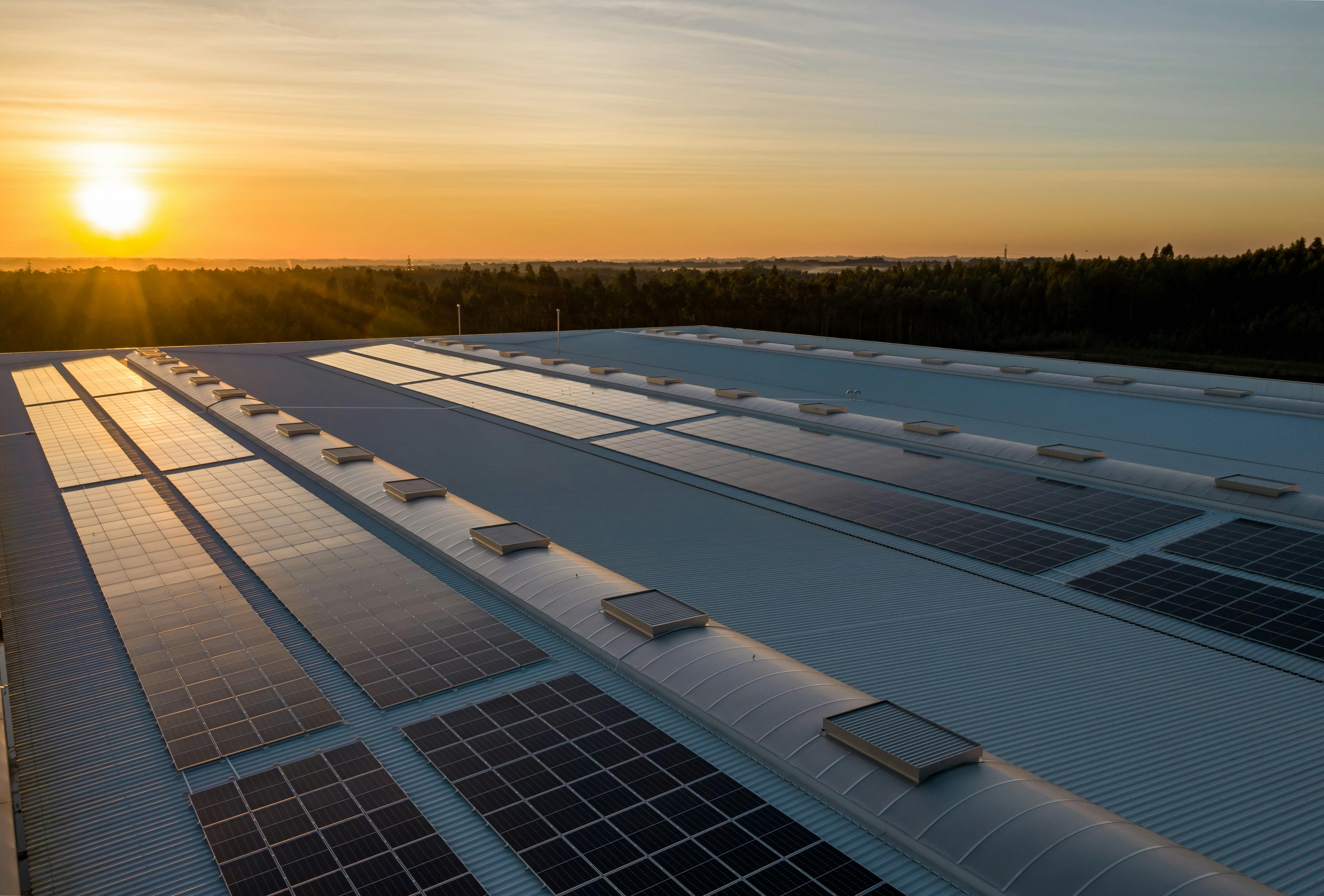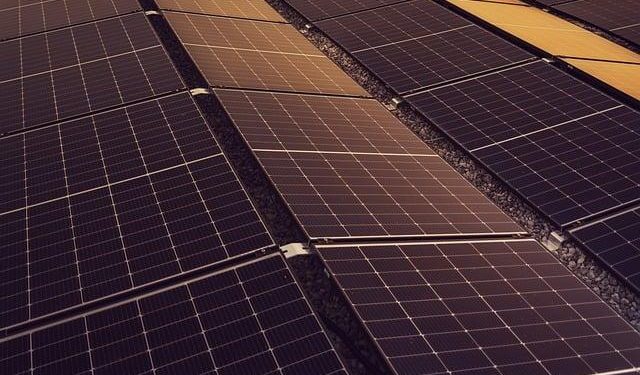In recent years, the solar industry has emerged as a beacon of hope in the quest for sustainable energy solutions. Gleaming panels line rooftops and vast solar farms stretch across landscapes, promising a future where clean energy is not just a dream but a tangible reality. Yet, as the sun casts its golden rays on this burgeoning industry, a shadow of concern has begun to form: are these solar advancements inadvertently inflating utility prices for consumers? As the world teeters on the brink of an energy revolution, this article delves into the intricate dynamics between the rise of solar power and its impact on utility costs, unraveling the threads of innovation, economics, and policy that weave together this complex narrative.
The Solar Surge and Its Ripple Effect on Utility Costs
As the world embraces renewable energy, the solar industry has seen unprecedented growth, leading to a fascinating interplay with traditional utility costs. On one hand, solar energy offers a cleaner and potentially cheaper source of electricity. On the other, the integration of solar into the existing energy grid presents unique challenges. These challenges include the cost of upgrading infrastructure, the need for advanced energy storage solutions, and the management of fluctuating energy supply and demand. Such factors have sparked debates on whether these developments inadvertently drive up utility prices.
- Infrastructure Upgrades: Transitioning to solar often requires significant enhancements to the grid, potentially increasing operational costs.
- Energy Storage: To balance solar’s intermittent nature, investments in storage technology are crucial, impacting overall utility expenses.
- Supply and Demand Fluctuations: Solar power’s variability demands innovative strategies for grid stability, sometimes leading to higher costs for traditional energy sources.
While the potential for long-term savings is substantial, the immediate impact on utility prices remains complex. This evolving landscape prompts a critical examination of how solar energy can be integrated effectively without disproportionately affecting consumer costs.

Unveiling the Economics Behind Solar Energy Expansion
The expansion of solar energy has sparked a complex discussion about its impact on utility prices. On one hand, the growing adoption of solar technology is driven by the promise of cleaner, renewable energy and the potential for lower long-term costs. On the other, there are concerns about the initial investment and infrastructure changes required, which can lead to short-term increases in utility rates. Key factors include:
- Grid Infrastructure: Upgrading the existing grid to accommodate solar energy can be costly.
- Subsidies and Incentives: While these can promote solar adoption, they may also redistribute costs across consumers.
- Market Dynamics: As solar energy becomes more prevalent, traditional energy sources may see reduced demand, potentially affecting their pricing structures.
While some argue that solar expansion leads to higher utility prices, others suggest that the long-term benefits, such as decreased reliance on fossil fuels and reduced environmental impact, outweigh the initial financial burden. The economic implications are nuanced, reflecting a delicate balance between immediate cost pressures and future savings.

Balancing the Grid: Challenges of Integrating Solar Power
The integration of solar power into the existing energy grid presents a unique set of challenges that are crucial to address in order to maintain balance and efficiency. One of the primary hurdles is the intermittency of solar energy. Unlike traditional power sources, solar energy production is highly dependent on weather conditions and daylight availability. This variability requires utilities to have backup power sources, often fossil-fuel-based, ready to fill in the gaps, which can lead to increased operational costs.
Moreover, the transition to a solar-inclusive grid demands significant infrastructure upgrades. Utilities must invest in advanced grid management technologies to handle the distributed nature of solar energy. Key challenges include:
- Grid Stability: Ensuring consistent power quality despite fluctuating solar input.
- Energy Storage Solutions: Developing cost-effective storage to harness excess solar power.
- Smart Grid Technologies: Implementing real-time monitoring and automated response systems.
These necessary investments, while beneficial in the long run, can initially drive up utility prices as companies work to modernize and adapt their systems to accommodate the growing influx of solar energy.

Strategies for Harmonizing Solar Growth with Affordable Utilities
Balancing the burgeoning solar industry with the need for affordable utility prices requires a blend of innovative strategies and collaborative efforts. One approach is the development of smart grid technologies that integrate solar energy seamlessly with traditional power sources. This not only enhances grid reliability but also optimizes energy distribution, thereby minimizing costs. Energy storage solutions, such as advanced battery systems, can also play a pivotal role in storing excess solar power, reducing the need for expensive peak-time electricity generation.
Policy adjustments are equally crucial in this equation. Governments and regulatory bodies can implement incentive structures that encourage utility companies to adopt solar energy without transferring the costs to consumers. Additionally, community solar projects offer a promising avenue, enabling residents to collectively invest in solar installations, thus sharing the benefits and reducing individual expenses. By fostering a cooperative framework between solar developers, utilities, and policymakers, we can ensure a sustainable growth trajectory for solar energy that aligns with economic accessibility for all.
In Summary
As we conclude our exploration of the solar industry’s impact on utility prices, it’s clear that the interplay between renewable energy and traditional power sources is complex and multifaceted. The solar industry, with its promise of cleaner energy and long-term savings, continues to illuminate new paths in our global energy landscape. Yet, the immediate effects on utility prices remain a topic of debate, hinging on variables as diverse as policy, technology, and regional energy demands.
As the sun sets on this discussion, we find ourselves at a crossroads where innovation meets infrastructure. The story of solar power is far from finished, with each new development casting both light and shadow on the intricate web of energy economics. Whether solar energy is a beacon of hope or a harbinger of higher costs is a narrative still being written, with chapters yet to unfold. As consumers, policymakers, and industry leaders navigate this evolving tale, one thing remains certain: the dialogue on solar energy and utility prices will continue to energize discussions for years to come.

































